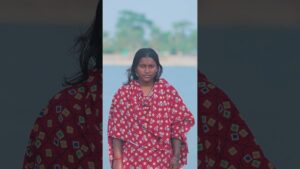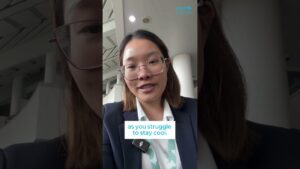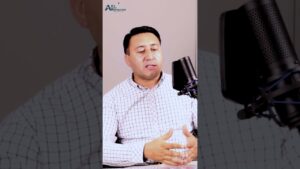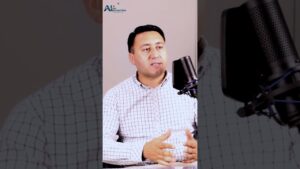
In a world where climate change and disasters are increasingly intertwined, it’s critical that we adopt a unified approach to managing these risks. Our planet’s balance relies on interconnected systems—the hydrosphere, geosphere, atmosphere, and biosphere—where disrupting any one of them can lead to catastrophic consequences. Between 2015 and 2023, disaster-related mortality averaged 41,273 lives per year, with 125 million people affected annually. Yet, many countries continue to address disaster risk reduction (DRR) and climate action separately, missing out on the synergy that a unified approach can provide. 🌍
The United Nations Office for Disaster Risk Reduction (UNDRR) is spearheading a transformative solution: Comprehensive Disaster and Climate Risk Management (CRM). 🌱 CRM integrates disaster risk reduction with climate action to build resilient ecosystems, protect societies, and secure economies from all hazards. By converging risk-centered approaches and climate data 📊, CRM enables countries to develop and implement integrated plans for disaster risk reduction and climate adaptation at both national and subnational levels.
This approach is already making a difference, particularly in developing countries, including Least Developed Countries (LDCs) and Small Island Developing States (SIDS). 🌐 By fostering a joint approach to risk management, CRM is paving the way for a safer, more resilient world for everyone. 🤝
************
Subscribe to UNDRR on YouTube: https://www.youtube.com/channel/UCUw0G3AdE_0EDhcDPlJtJyA?sub_confirmation=1
Captions: Where possible we provide additional captions to make our videos more accessible to those who use assistive technology, such as screen readers. If you don’t require the captions they can be toggled off using the CC button, usually at the bottom of the video display.
About UNDRR:
The United Nations Office for Disaster Risk Reduction (UNDRR) has a big ambition: to help decision-makers across the globe better understand and act on risk. At UNDRR, we believe there is no such thing as a natural disaster. A natural hazard, such as a hurricane, earthquake, tsunami, or flood, only becomes a disaster when it impacts a community that is not adequately protected and whose population is vulnerable as a result of poverty, exclusion, or social disadvantage. We envision a world where disasters no longer threaten the well-being of people and the future of the planet. Sustainable development and the 2030 Agenda cannot be achieved without working towards the goal of building resilience.
Learn more about UNDRR: https://www.undrr.org/
Learn more about disaster risk reduction: https://www.preventionweb.net/
Sign up for updates: https://www.undrr.org/subscribe-undrr-updates
Follow:
https://www.linkedin.com/company/undrr/
https://twitter.com/UNDRR
https://www.facebook.com/unisdr
source



